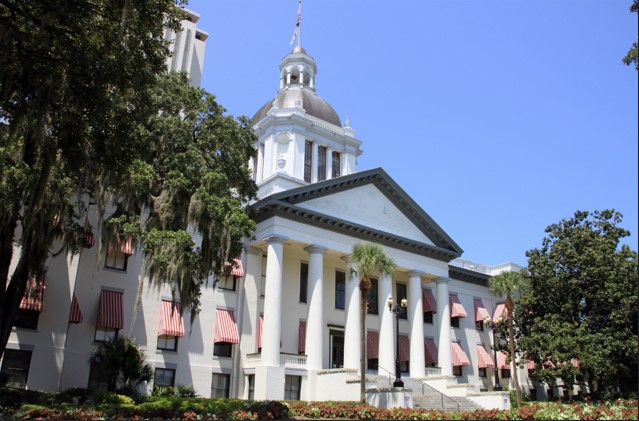Overview of the Ninth Circuit Ruling on California’s Assault Weapons Ban
On August 24, 2024, the Ninth Circuit Court of Appeals made a significant ruling by upholding California’s ban on assault weapons, marking a pivotal point for gun control advocates within the state and potentially beyond. The court’s decision, rendered in a 7-4 vote, emphasizes the importance of public safety and the state’s authority to regulate firearms. This legal affirmation brings into focus the longstanding debate over the balance between individual rights and community safety in the context of gun ownership.
The Legislation in Question
The underlying legislation that the Ninth Circuit upheld was enacted in 2020, banning the sale, manufacture, and possession of specific military-style rifles. These weapons have been involved in a number of mass shootings across the country, leading to a growing concern about gun violence. The law reflects a trend seen in several states aiming to limit access to firearms deemed particularly dangerous. By banning these types of weapons, California aims to address these concerns proactively.
Arguments from Gun Rights Advocates
Opponents of the assault weapons ban, including various gun rights organizations, have argued vehemently that the law violates the Second Amendment, which grants individuals the right to bear arms. They contend that the law represents an infringement on personal liberties and has called into question the legality of restricting access to certain types of firearms. Their argument rests on the belief that a well-regulated militia, as mentioned in the Second Amendment, is essential for the protection of individual rights.
Court’s Reasoning and Legal Framework
In preparing the majority opinion, Judge Lisa Hernandez provided clarity on the court’s viewpoint regarding the relationship between the Second Amendment and regulatory measures aimed at public safety. She stated, “The Second Amendment does not guarantee unrestricted access to weapons designed for mass casualties. States have the right to implement reasonable measures to protect public safety.” This assertion reinforces the premise that while the right to bear arms is constitutionally protected, such rights are not absolute and can be subject to legally justified restrictions aimed at protecting the citizenry.
Responses from Gun Control Advocates
The ruling has drawn favorable reactions from gun control advocates, who view it as a victory for efforts aimed at reducing gun violence and preventing mass shootings. Organizations such as Moms Demand Action have celebrated the decision as a triumph for common-sense gun laws that do not conflict with constitutional rights. The sentiment among advocates is that this legal acknowledgment of state rights could set a precedent for other states struggling with similar issues related to firearm regulations.
Appeals and Future Implications
In response to the Ninth Circuit’s ruling, gun rights organizations, including some prominent national groups, have indicated their intention to appeal the decision to the Supreme Court. They view the ruling as an attack on individual freedoms and are prepared to fight for what they consider a fundamental right. The possibility of an appeal highlights the ongoing national debate about gun control, signaling that legal battles concerning firearm regulations will continue to play out in the judicial system and in public discourse.
Conclusion
The Ninth Circuit’s affirmation of California’s assault weapons ban encapsulates a critical moment in the tension between gun control advocates and gun rights proponents. As communities grapple with the realities of gun violence and public safety, this ruling offers a legal framework that supports states’ rights to regulate firearms while simultaneously raising questions about individual liberties. Looking ahead, the implications of this ruling may extend beyond California, influencing other states and potentially leading to broader national conversations about the future of gun legislation in America.
FAQs
What are the key components of California’s assault weapons ban?
The ban prohibits the sale, manufacture, and possession of specific military-style rifles that have been associated with mass shootings, aiming to reduce gun violence and enhance public safety.
How did the Ninth Circuit Court justify its ruling?
The court determined that the Second Amendment does not guarantee unrestricted access to weapons designed for mass casualties, allowing states the authority to implement reasonable regulations to protect public safety.
What reactions have been expressed following the ruling?
Gun control advocates have praised the decision as a critical step toward reducing mass shootings, while gun rights organizations have expressed their intent to appeal to the Supreme Court, viewing the ruling as an infringement on individual freedoms.
What could be the future implications of this ruling?
The implications may include influencing other states’ legislation on gun control and potentially leading to a Supreme Court review, which could set a national precedent in the ongoing debate about firearm regulations.
How does this ruling fit into the broader national debate on gun control?
This ruling reflects the existing divide in the United States regarding gun control, where individual rights are weighed against community safety, and it may affect how similar cases are viewed in other jurisdictions across the country.

